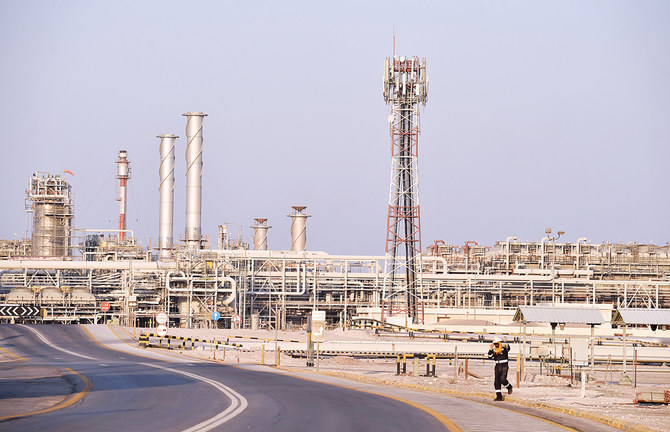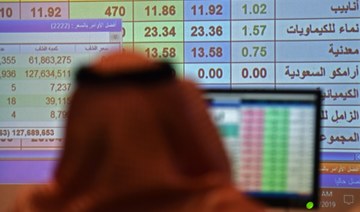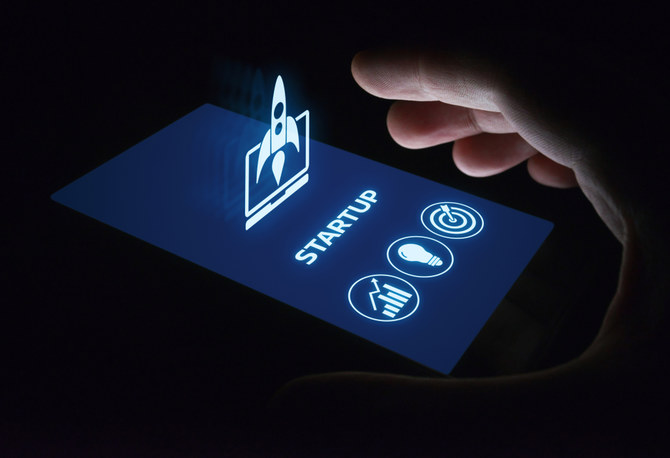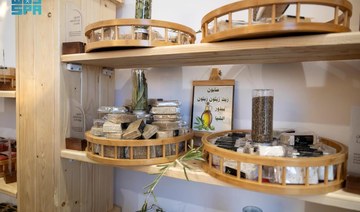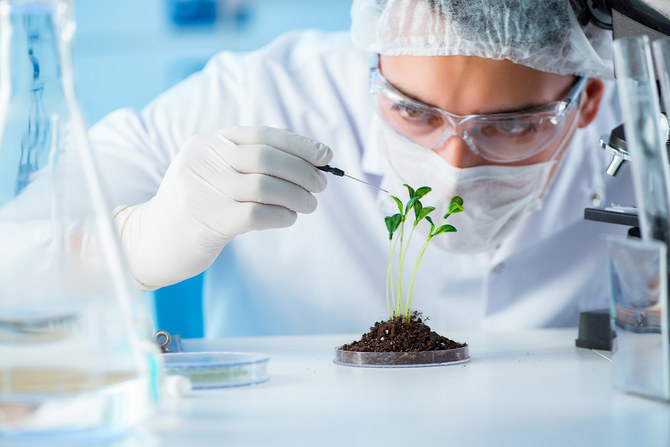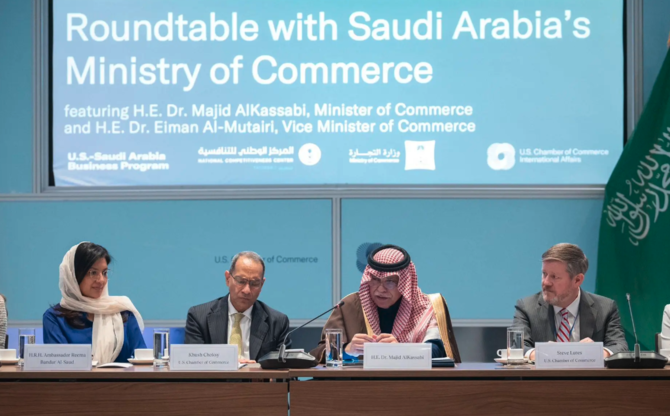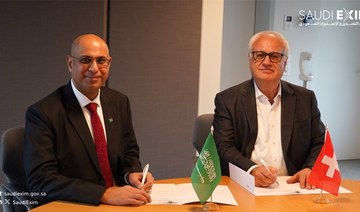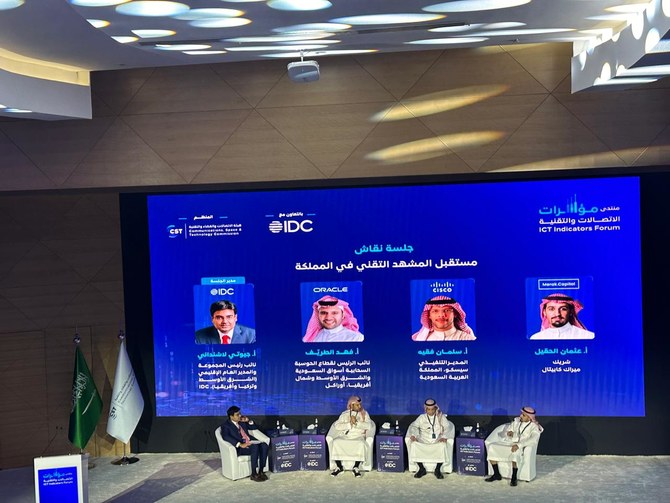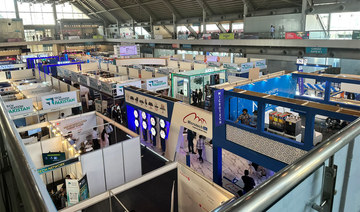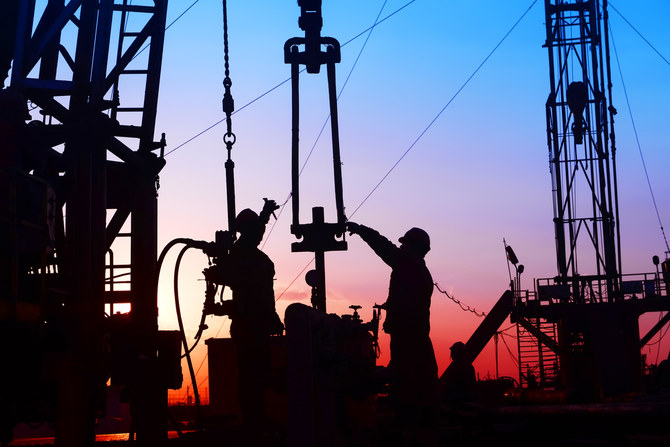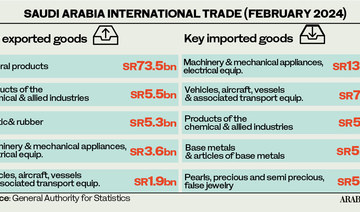DUBAI: In what was described as an “exceptional” year, Saudi Aramco cemented its position as the world’s most profitable oil company with net income of $88.2 billion, big dividend payments and low borrowings.
The result — announced on Sunday to the Tadawul stock exchange in Riyadh where the shares are listed — was achieved despite a “difficult macroeconomic environment.” In the course of the year, Aramco was subject to attacks on its facilities, lower oil prices and output, and challenging margins in the refining and petrochemicals industries.
Last year, Aramco also notched up its first-ever international bond issue, raising $12 billion in a heavily oversubscribed offering, and in December became the most valuable company in history with its record-breaking initial public offering (IPO).
President and CEO Amin Nasser said: “2019 was an exceptional year for Saudi Aramco. Through a variety of circumstances — some planned and some not — the world was offered unprecedented insight into our agility and resilience.
“Our unique scale, low costs, and resilience came together to deliver both growth and world-leading returns, while also maintaining our position as one of the world’s most reliable energy companies.”
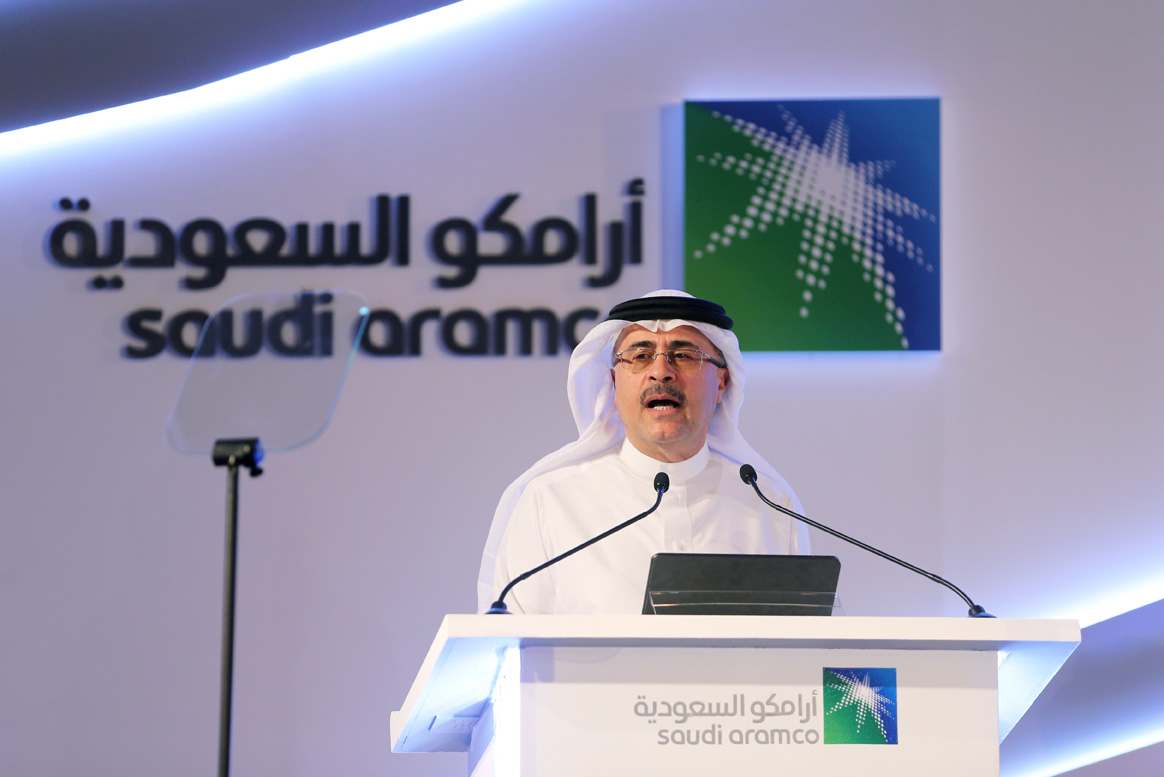
Amin H. Nasser, president and CEO of Saudi Aramco, described 2019 as an exceptional year for the global oil giant. (Reuters)
The financial period closed before the full effects of the coronavirus and the end of the OPEC+ oil output agreement.
Nasser said: “The recent COVID-19 outbreak and its rapid spread illustrate the importance of agility and adaptability in an ever-changing global landscape. This is central to Saudi Aramco’s strategy, and we will ensure that we maintain the strength of our operations and our finances. In fact, we have already taken steps to rationalize our planned 2020 capital spending.”
Net income was $88.2 billion for the full-year 2019, compared to $111.1 billion in 2018. The decrease was primarily due to lower crude oil prices and production volumes, coupled with declining refining and chemical margins, and a $1.6 billion charge associated with the subsidiary Sadara Chemical Company, the financial statement said.
Despite the profit fall, Aramco remains the most profitable company in the world, ahead of others like Apple, Alphabet (owner of Google) and big Asian banks.
Free cash flow — the amount of cash a company generates after accounting for operational expenses and investment — came to $78.3 billion, and total dividend payments were $73.2 billion, of which $3.9 billion will go to ordinary investors who bought in the IPO last December.
Aramco is committed to paying $75 billion in dividends in 2020. Capital expenditure was $32.8 billion in 2019, up from the previous year.
FASTFACTS
Last year, Saudi Aramco also notched up its first-ever international bond issue, raising $12 billion in a heavily oversubscribed offering.
Aramco is committed to paying $75 billion in dividends in 2020.
Capital expenditure was $32.8 billion in 2019, up from the previous year.
“The company expects capital spending for 2020 to be between $25 billion and $30 billion in light of current market conditions and recent commodity price volatility.
“Capital expenditure for 2021 and beyond is currently under review. The company’s low upstream costs and low sustaining capital provide significant flexibility and demonstrate differentiation to its peers,” Aramco said.
Opinion
This section contains relevant reference points, placed in (Opinion field)
Last month, Aramco committed itself to a long-term $110 billion plan to invest in the Al-Jafura gas field in the Eastern Province, another step in the strategy of getting away from burning oil for domestic power generation and, eventually, gas exports. The first phase is expected to be developed by early 2024.
In 2019, Aramco also committed to a deal with the Pubic Investment Fund to buy petrochemicals producer SABIC in a $69 billion transaction, which is expected to be completed in the first half of 2020, making it one of the biggest petrochemical businesses in the world.
“Following the attacks on two facilities in September, the company restored production levels within 11 days due to its emergency response training and procedures. As a result, it demonstrated its long-standing reputation for reliability,” Aramco said.
The company is committed to high environmental standards and has achieved among the lowest carbon intensity levels in the world from its products.
Nasser said: “As the world deals with the difficult and dual challenge of satisfying demand for more energy alongside responding to the rising desire for cleaner energy, I believe we are well positioned given our oil production is among the least carbon intensive in the world.”
The financial results were in a range expected by energy analysts, given already available price and output data. The figures will be discussed in an online conference call between Aramco executives and analysts on Monday.v




